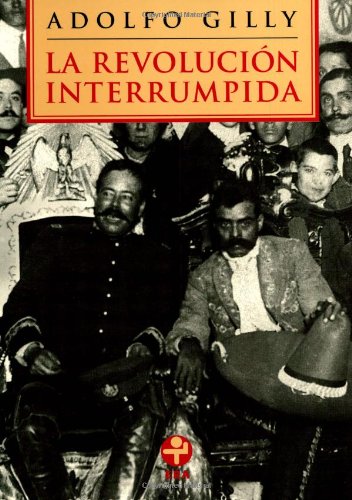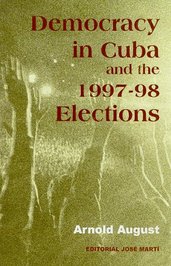During the nineteenth century, the expansion of the world economy and of global markets for a variety of raw materials such as cotton, sugar and tobacco propelled the expansion in the United States of the peripheral function beyond the limited confines of Virginia and Charleston. From 1800 to 1860, the entire Southeastern region of the United States was peripheralized and converted into the production of cotton, tobacco and sugar for export to core and semiperipheral regions, utilizing low wage labor, primarily African slave labor.
Cotton was central to the conversion of the US South into a peripheral region of the world economy. The invention of the cotton gin by Eli Whitney in 1793 made possible the mechanized separation of cottonseeds from the fiber, thereby speeding the process of preparing the fiber for export to the cotton mills that manufactured cloth. By 1800, cotton gins were located throughout the South, and for the subsequent sixty years there occurred “rapid geographical expansion” and an “explosion in production” (Cooper and Terrill 1991:192). By 1860, cotton was grown throughout South Carolina, Georgia, Alabama, Mississippi, and Louisiana, as well as in parts of Arkansas,Tennessee, North Carolina, Texas, and Florida (Cooper and Terrill 1991:190-93).
The technology of cotton cultivation permitted its cultivation on small farms as well as large plantations. During the eighteenth century, whites who owned small farms in the South had used their land to produce their own food and clothing. But during the nineteenth century, white farmers turned to cotton cultivation, sometimes utilizing black slaves. Thus plantations and farms coexisted in the cultivation of cotton, most of which was exported to Great Britain. Although some white farmers cultivated it, cotton and black slavery became intertwined in the South. Corresponding with the expansion of cotton production, the number of slaves grew from less than 700,000 in 1790 to more than 2 million by 1830 and to nearly 4 million by 1860. Slaves constituted one-third of the population of the South (Cooper and Terrill 1991: 198-99, 205, 275; Franklin1974:138-39).
The peripheralization of the US South during the first half of the nineteenth century promoted the underdevelopment of the South and the development of the North: it left the South with a legacy of limited industrial development, forced labor, and political repression; and it provided raw materials and markets for emerging Northeastern industry as well as markets for Midwestern farmers. Indeed, slavery in the South, by fulfilling a function in a triangular trade that included the Northeast and the Midwest, was central to the spectacular ascent of the United States during the nineteenth century. The peripheralization of the South also provoked the Civil War, as northern industrial elites and southern plantations owners had different and opposed interests, and they battled for control of the US government, generating ideologies that would successfully enlist the support of the masses in their respective causes. These ideologies functioned to obscure the economic interests that provided the motive for the political action of both northern and southern elites. These are themes that we will discuss in future posts.
References
Cooper, William J., Jr., and Thomas E. Terrill. 1991. The American South. New York: McGraw-Hill.
Franklin, John Hope. 1974. From Slavery to Freedom, Fourth Edition. New York: Alfred A. Knopf.
Galeano, Eduardo. 1997. The Open Veins of Latin America: Five centuries of the pillage of a continent, 25th Anniversary Edition. Translated by Cedric Belfrage. Forward by Isabel Allende. New York: Monthly Review Press.
__________. 2004. Las Venas Abiertas de América Latina, tercera edición, revisada. México: Siglo XXI Editores.
Key words: Third World, revolution, colonialism, neocolonialism, imperialism, democracy, national liberation, sovereignty, self-determination, socialism, Marxism, Leninism, Cuba, Latin America, world-system, world-economy, development, underdevelopment, cotton, South






 RSS Feed
RSS Feed





